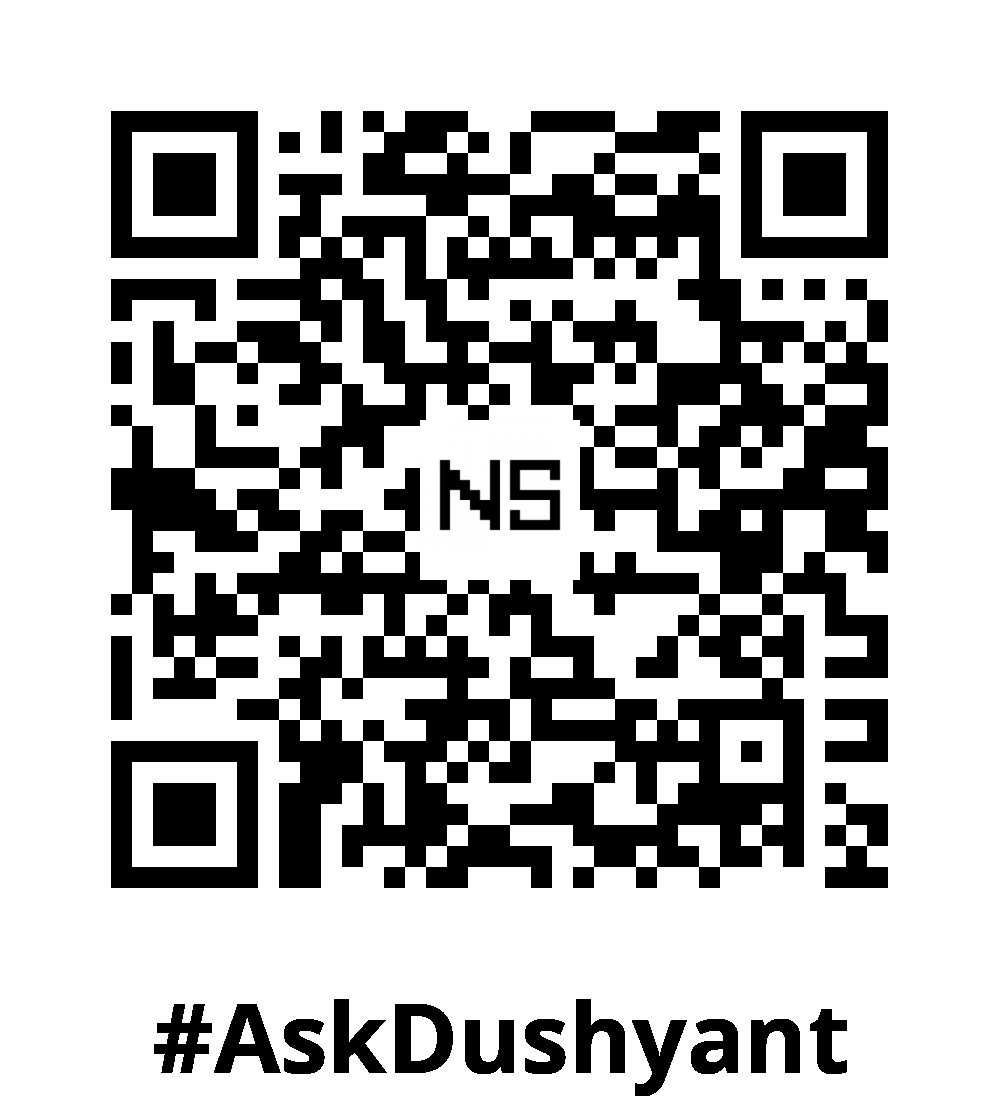The digital world thrives on a foundation of invisible building blocks. These aren’t bricks and mortar, but rather the software tools and technologies that make our favourite applications tick. In software development, the term “tech stack” serves as a foundational concept, shaping how applications are conceived, built, and deployed. At its core, Software tools and technologies are meticulously chosen to fulfill the specific needs of a project, whether it’s a robust web application, a scalable mobile platform, or an innovative AI solution. In this tech concept, we delve into the essence of tech stacks, exploring their components, significance, and impact on modern software engineering.
Components of a Tech Stack
At its core, a tech stack encompasses several essential elements:
- Operating System: The bedrock of any tech stack, providing fundamental services and managing hardware resources.
- Programming Languages: Diverse languages such as Python, Java, and JavaScript serve as the building blocks for crafting application logic and functionality.
- Frameworks and Libraries: Frameworks like Django, Spring, and React, along with libraries such as jQuery, streamline development by offering pre-written, reusable code modules.
- Databases: Crucial for storing and managing data, databases like MySQL, PostgreSQL, and MongoDB ensure persistence and efficiency.
- Servers and Hosting Platforms: Software such as Apache, Nginx, and cloud platforms like AWS and Azure play pivotal roles in serving and scaling applications.
- APIs: Interfaces that enable seamless communication between different software components, enhancing interoperability and functionality.
Why “Tech Stack” Matters
The terminology “tech stack” goes beyond just listing tools. It signifies a holistic approach to application development. Here’s why understanding the tech stack is crucial:
- Clarity and Efficiency: By defining a tech stack, teams gain clarity on the tools and technologies involved, streamlining development and minimizing ambiguity.
- Standardization and Expertise: Established tech stacks foster industry standards and enable developers to specialize, leveraging their expertise for optimal results.
- Scalability and Flexibility: The right tech stack empowers applications to scale seamlessly, accommodating growth and evolving requirements without compromising performance.
- Innovation and Adaptability: Emerging technologies and evolving frameworks continually reshape tech stacks, driving innovation and enabling adaptability to changing market landscapes.
Crafting a Tailored Tech Stack
Choosing the right tech stack requires strategic alignment with project objectives, team proficiency, scalability requirements, and plans for future-proofing. While popular stacks like MEAN, MERN, LAMP, or JAMstack offer unique benefits tailored to specific application needs and development approaches, it’s crucial not to limit yourself to these options alone. Understanding the unique demands of your application requirements and development philosophies, enables you to create a tailored stack that effectively tackles more complex tasks.
My Tech Advice: As an experienced tech advisor and entrepreneur, I frequently encounter leaders who use terms like ‘Tech Stack’ without fully grasping its essential relevance to their specific project requirements. Understanding and mastering the intricacies of tech stacks are paramount in navigating the complexities of modern software development. From fostering collaboration and efficiency to empowering innovation and scalability, the tech stack serves as a cornerstone of success in building world-class applications. By embracing its nuances and harnessing its potential, developers and teams embark on a journey of continuous growth and technological advancement, shaping the digital landscape of tomorrow.
#AskDushyant
#TechStack #SoftwareDevelopment #ProgrammingLanguage #Frameworks #Databases #Servers #APIs #CloudComputing


Leave a Reply